News
Altcoin News
Altcoin News
Browse all Altcoin related articles and news. The latest news, analysis, and insights on Altcoin.
Quant to Provide Payment Infrastructure for UK's Token Project
A significant step has been taken in the UK financial sector to shape the next generation of digital currency and payment systems. Quant has been selected to develop payment infrastructure and banking technology for the "Tokenized Sterling Deposit" (GBTD) pilot project, alongside leading banks in the country. The project is being led by UK Finance and includes participation from major banks such as Lloyds, Barclays, HSBC, NatWest, Santander, and Nationwide.Quant CEO Gilbert Verdian expressed his delight at participating in this project in a statement on social media. Verdian stated that Quant's technology, previously successfully tested in the UK's Regulated Liability Network (RLN) project, was chosen because of its ability to connect diverse payment systems and implement a "programmable money" model. According to Verdian, this project will not only speed up payments but also fundamentally transform how money is moved and managed.GBTD refers to tokenized digital versions of traditional sterling deposits. In other words, users' bank deposits will be protected by regulations and existing security mechanisms, while gaining a blockchain-based structure. This enables faster and more secure transactions against fraud.Three main use cases will be tested in the pilot phase: interpersonal payments on online marketplaces, remortgaging processes, and the direct exchange of digital assets with customer deposits. For example, tokenized deposits in marketplace transactions will increase trust between buyers and sellers and reduce the risk of fraud. In mortgage and remortgage processes, transparency will be ensured, transactions will be accelerated, and conveyancing fraud, in particular, will be prevented. Furthermore, integrating tokenized deposits with digital assets will allow for a more seamless bridge between the crypto and traditional financial worlds.The project will continue until mid-2026. During this period, the aim is to concretely demonstrate the benefits to customers, businesses, and the wider economy. Users are promised greater control, stronger fraud prevention measures, and efficient reconciliation processes. The project also aims to reinforce the UK's leading role in global financial innovation, aligning with the UK's "National Payments Vision" plan and the digital bond (DIGIT) initiative.UK Finance Director Jana Mackintosh described the initiative as "a powerful example of industry collaboration," while Bank of England Governor Andrew Bailey emphasized that tokenized deposits offer a more secure and regulated alternative to stablecoins. Executives from Barclays, HSBC, Lloyds, NatWest, Nationwide, and Santander also emphasized that tokenized deposits will play a central role in the future of digital payments infrastructure.QNT Price MovesThe price of Quant (QNT) briefly surged on September 26th, rising above $92 following news that the UK would be responsible for the payments infrastructure in the tokenized sterling deposit (GBTD) pilot. However, this momentum was short-lived, and the price fell back to $88.65, a 2.3% decline on the day.

HYPE ETF Application Submitted: Decision to Postpone Application for 4 Altcoin ETFs
Asset management company Bitwise has filed for an exchange-traded fund (ETF) that will hold and track the token linked to the crypto futures protocol and blockchain Hyperliquid. According to a regulatory filing filed on Thursday, Bitwise is working to launch the Hyperliquid ETF. The fund will directly hold the Hyperliquid (HYPE) token. HYPE provides discounts on Hyperliquid's decentralized exchange (DEX) and is used to pay transaction fees on the blockchain. The filing does not yet specify which exchange the product will trade on, what symbol it will be listed under, or how much Bitwise will charge.Bitwise Files for HYPECrypto asset management company Bitwise Investment Advisers has filed with the U.S. Securities and Exchange Commission (SEC) for a new exchange-traded fund (ETF) that will track the Hyperliquid (HYPE) token. The filing, filed on Form S-1, is the first ETF to be offered for HYPE. Hyperliquid is a Layer-1 blockchain specifically designed for decentralized finance (DeFi) applications. Perpetual futures are the primary focus of the network, with speed, scalability, and user-centricity at the forefront. The ecosystem, which has been rapidly growing since 2021, aims to increase liquidity and transaction diversity through the HYPE token.Bitwise's move has the potential to increase institutional interest in crypto. ETFs make it easier for individual investors to access crypto assets through regulated financial products rather than purchasing tokens directly. Such products also allow institutional investors to manage risk more transparently.Following the application news, the price of HYPE fluctuated sharply. HYPE price rose 5 percent in the last 24 hours, trading at $42. With a circulating supply of 270.8 million units, HYPE ranks 21st in the crypto market with a market capitalization of $11 billion. Four altcoin ETFs postponedThe ETF move is being evaluated alongside other market developments. The SEC, while reviewing the Bitwise application, postponed several altcoin ETF applications around the same time. Canary's spot SUI and PENGU funds, staked INJ and SEI funds, as well as Grayscale and VanEck's Avalanche-focused ETF proposals, are among the applications pending a decision.The Hyperliquid ETF application has also resonated with market experts. Investor and entrepreneur Howard Lindzon, making a comparison to the venture capital era in a social media post, said, "Everyone wants to be early-stage these days, but the public markets are really where the focus should be."Competition in the crypto ETF market is heating up. Recently, Hashdex expanded its existing ETF portfolio by adding XRP and Solana to its portfolio, in accordance with the SEC's new listing standards. Dozens of applications are currently under review, and investors are closely monitoring every new development. If Bitwise's Hyperliquid bid wins approval, it would increase the visibility of DeFi-focused Layer-1 projects and open a new avenue for institutional capital. However, the timing of the approval and the direction the SEC's overall approach will take remain unclear.
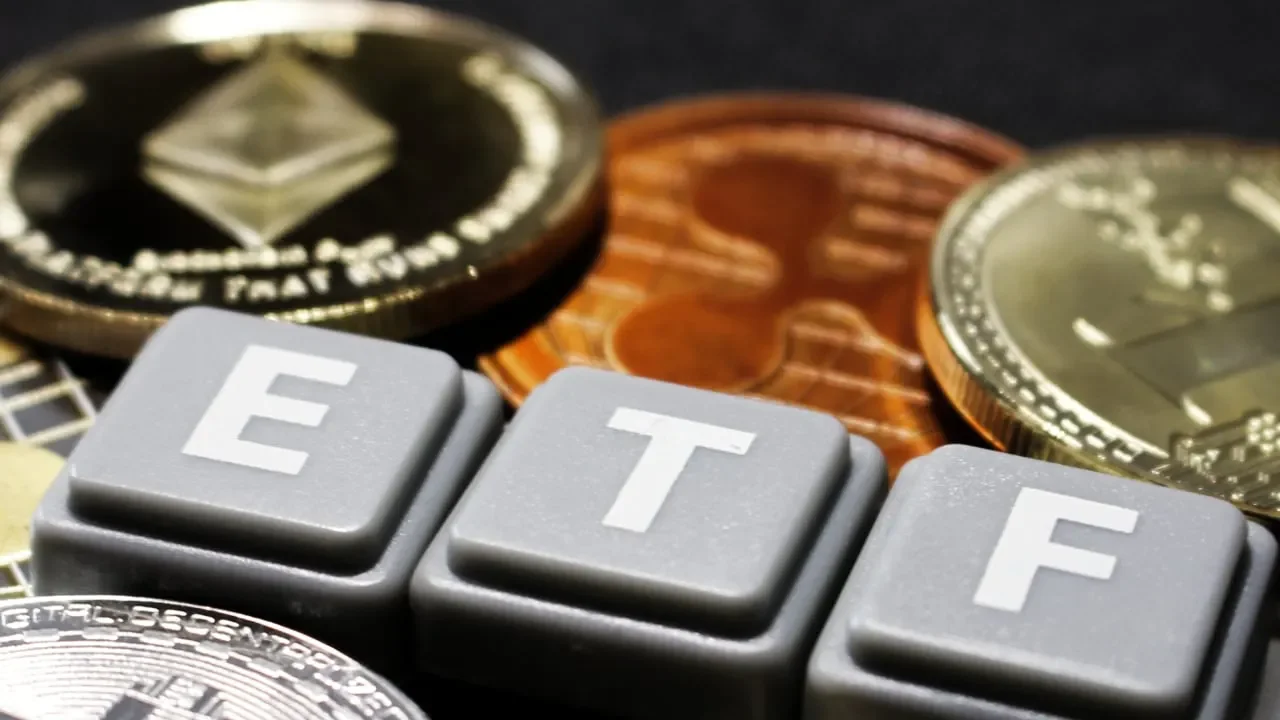
SEC and Finra Scrutinize Stock Transactions Ahead of Crypto Purchases
Financial regulators in the US have begun scrutinizing the stock movements of some publicly traded companies before they announce crypto asset purchases. According to the Wall Street Journal, the Securities and Exchange Commission (SEC) and the Financial Industry Regulatory Authority (Finra) are investigating unusual trading patterns at companies pursuing a digital asset treasury strategy.Authorities have identified striking trading volumes and price movements, particularly at publicly traded companies known as "Digital Asset Treasury Companies" (DATs), which have added cryptocurrencies to their balance sheets. The fact that these movements occurred shortly before the companies' official public announcements raises suspicions that they may be based on insider trading.The SEC has reportedly issued warnings to some companies about potential violations of Reg FD (Fair Disclosure). This regulation prohibits companies from sharing material, not yet publicly disclosed information only with certain investors. The aim is to ensure equal access to information for market participants. More than 200 companies contactedFinra and the SEC reportedly contacted approximately 200 DAT companies. The investigations focused on unusual trading volumes and sudden increases in share prices immediately preceding crypto acquisition announcements. Regulators believe such transactions could undermine market confidence and lead to manipulation.This development comes as companies are shifting to crypto treasury strategies. This trend, spearheaded by MicroStrategy since 2020, has been increasingly adopted by more companies in recent months. By holding assets like Bitcoin and Ethereum on their balance sheets, companies are diversifying their investments and aiming to capitalize on their long-term value growth.This year alone, DAT companies have attracted more than $20 billion in venture capital investment, demonstrating the institutional interest in crypto. Regulators, however, emphasize that this growth must occur within the framework of transparency and market fairness.MicroStrategy remains the largest institutional player in this space. The company, led by Michael Saylor, recently purchased an additional 850 Bitcoins, bringing its total reserves to 639,835 BTC. The total value of these purchases reached $99.7 million. The investigation launched by the SEC and Finra is seen as a sign that institutional investors' involvement in crypto assets will now be subject to stricter scrutiny, not only from a financial perspective but also from a regulatory perspective. As US companies continue to add crypto to their balance sheets, allegations of insider trading or unfair dealings are expected to increase.Therefore, publicly traded companies investing in crypto assets are expected to be more vigilant about their transparency obligations in the coming period. Otherwise, they could face both serious sanctions and the loss of investor confidence.
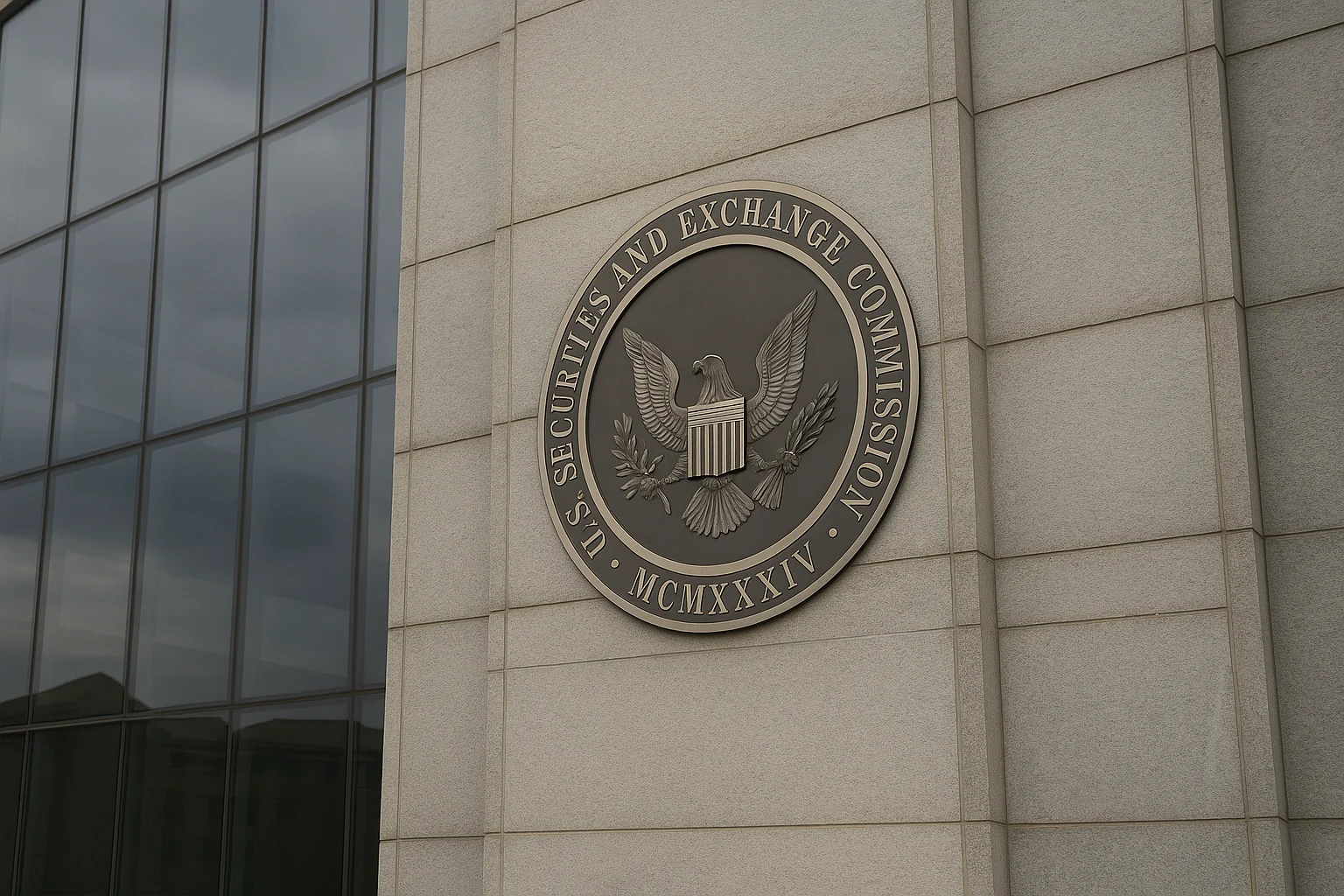
AAVE Comment and Price Analysis - September 25, 2025
AAVE Technical OutlookWhen we analyze the AAVE chart on a daily timeframe, we can see that the coin is still trading inside an ascending channel. The price, bouncing from the mid-border of the channel, is trying to recover. The overall structure remains positive, with the price still trading in an uptrend.AAVE is currently trading around the level $276, while the first important resistance stands at $288. The price has the potential to surge to $322, followed by the upper border of the channel around $354, if this first important resistance level gets broken. Based on the channel height, there is a potential for the price to move to the level at $380 in the medium term.We should be following the support levels as follows:$277 → the most important short-term support.$251 → the middle line of the channel, critical for maintaining the uptrend.$226–$218 → support zone near the lower band of the channel. Rising Channel Structure Summary:AAVE is still trading inside an ascending channel on the daily timeframe. Holding above the level $288 means that the targets above are still in play; however, a deeper pullback is possible if the price closes below $277.These analyses, not offering any kind of investment advice, focus on support and resistance levels considered to offer trading opportunities in the short and medium term according to the market conditions. However, the user is responsible for their own actions and risk management. Moreover, it is highly recommended to use stop loss (SL) during the transactions.

TAO Commentary and Price Analysis - September 25, 2025
TAO Technical AnalysisAnalyzing the TAO chart, we can see that the price is still trading inside a long-term falling channel structure. Selling pressure continues while TAO is trying to hold around the mid-border of the channel, which increases the chance of a move toward the lower border. We see that the overall trend is still bearish. Image of the Falling Wedge TAO is currently trading around the level $309, while the key support area stands between the levels $303–$292. The price holding above this area may pave the way for a bounce within the channel in the short term. The price is likely to test the resistance level $333 according to a bullish scenario. Above this resistance, TAO could surge to the levels $366–$379, yet the price needs to break above $400 to confirm a trend reversal. If it does so, we will be talking about the levels $421, $461, and $500.The price is likely to pull back to the lower border of the channel if it sees closing below the level $292, according to a bearish scenario. If this happens, we should be following the support levels at $263 and $222.Support Levels:$303–$292 (key short-term support)$263$222Resistance Levels:$333$366–$379$400$421 → $461 → $500Summary:TAO is still trading inside a descending channel. Holding above $292 is important for a recovery, while a close above $400 would signal a stronger trend reversal in the medium term.These analyses, not offering any kind of investment advice, focus on support and resistance levels considered to offer trading opportunities in the short and medium term according to the market conditions. However, traders are responsible for their own actions and risk management. Moreover, it is highly recommended to use stop loss (SL) during trades.
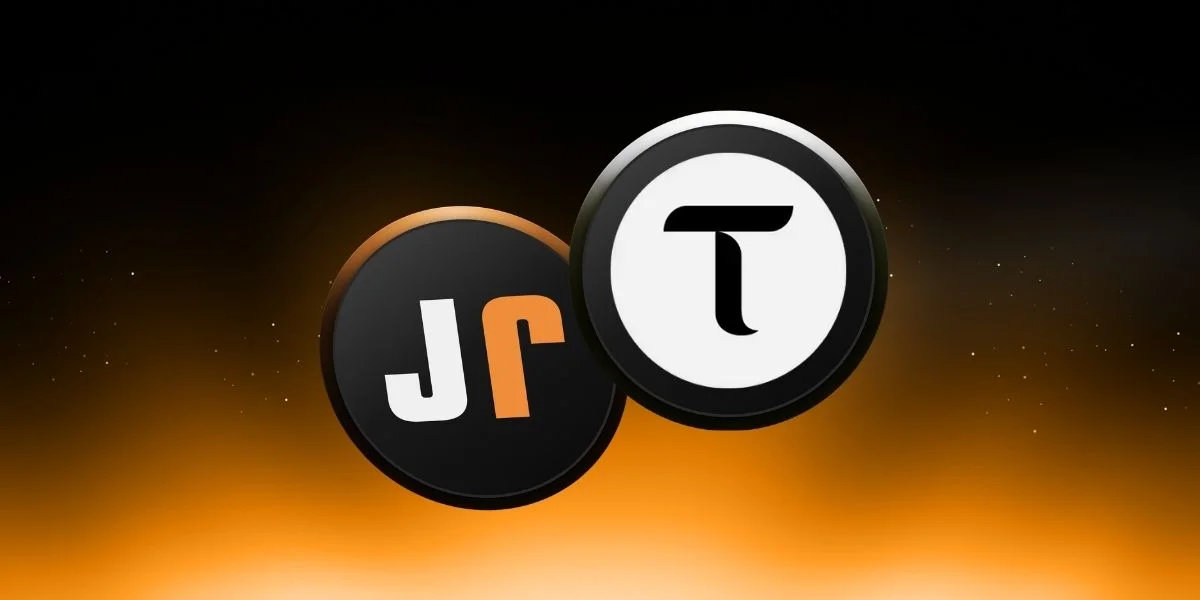
SEC Approval: BTC, ETH, XRP, SOL, and XLM Officially Included
The U.S. Securities and Exchange Commission (SEC) has officially approved the Nasdaq Crypto Index US ETF (NCIQ), launched by Hashdex. Thanks to the new regulation, the fund will not only offer Bitcoin (BTC) and Ethereum (ETH) but will also be able to add leading altcoins such as XRP, Solana (SOL), and Stellar (XLM) to its portfolio. This decision is seen as a significant milestone in diversifying regulated crypto investment instruments.Hashdex's ETF was established in Delaware, and last week, a new trust agreement, revised for the third time, entered into force. This brings the fund into compliance with Nasdaq's current listing standards. With the SEC approval, the fund's fiscal year structure remains unchanged, but it has gained official authorization to add altcoins such as XRP, SOL, and XLM.New Rules Bring Expedited ApprovalThe SEC recently adopted new rules that expedite the listing process for crypto ETFs. While it could previously take up to 270 days for an ETF to receive approval, the new standards have reduced this timeframe to 75 days. This eliminates the need for individual reviews during the application process. Now, funds that meet certain requirements can launch directly to the market much sooner.Canary Capital Group founder Steven McClurg stated that there have already been approximately a dozen applications filed with the SEC, with more in the pipeline, adding, "We'll see a wave of launches in the last quarter of this year." DGIM Law's Jonathan Groth also stated that the crypto ETF market could experience a "boom period" starting in October.The fund's new allocation is noteworthy.The updated fund allocation maintains a strong emphasis on BTC and ETH, allocating 6.93% to XRP, 4.11% to Solana, and 0.33% to Stellar. Projects such as Cardano (1.22%), Chainlink (0.50%), and Uniswap (0.14%) are also included in the portfolio in small percentages. This makes the Hashdex ETF one of the first funds to officially include Stellar (XLM). Crypto market expert Nate Geraci, in a social media post, described the SEC's approval as "a significant development that paves the way for diversification in crypto investment." While the majority of users welcomed the decision, some commentators emphasized that adding altcoins to ETFs would foster broader market acceptance.The SEC's new standards allow funds to be approved quickly if they meet certain conditions. For example, the listed crypto asset must have at least six months of CFTC-regulated futures contracts or another ETF must directly hold 40% of that asset. This has enabled projects like XRP, SOL, and XLM to quickly become part of the regulated investment vehicle.Grayscale also took action shortly after the SEC's announcement, converting its private fund into a publicly traded product, the CoinDesk Crypto 5 ETF. This ETF includes BTC, ETH, XRP, SOL, and ADA. Grayscale CEO Peter Mintzberg stated that the swift action stemmed from "the goal of providing greater regulatory clarity and investor access."Crypto market analysts expect ETFs focused on XRP and Solana to launch in October. However, the real question is whether investors will genuinely show interest in these altcoins beyond Bitcoin and Ethereum. The SEC's recent decision has been noted as one of the most significant steps in the opening of altcoins to traditional markets.

Binance Alpha Project Attacked on Day One: Price Drops Sharply
Griffin AI's native token, GAIN, crashed just one day after its launch due to a major security vulnerability. Listed on Binance Alpha, the project quickly attracted investor interest by offering users a special airdrop opportunity. However, the unauthorized minting of 5 billion GAIN tokens caused the price to drop by up to 90%. When GAIN launched on Binance Alpha on September 24th, it was priced at $0.18. It quickly became listed on major exchanges such as KuCoin, HTX, MEXC, and Gate.io, and the token had a strong start thanks to investor interest. However, unusual movements detected in on-chain analysis later that day caused panic in the market.Attacker Targeted ContractsAccording to on-chain research, the attacker manipulated the Griffin AI contract using a fake LayerZero pairing and minted 5 billion new GAIN. This surge in supply quickly led to the token being released via PancakeSwap. The sale of just 147.5 million GAIN was enough to shake the price. The attacker obtained 2,955 BNB, or approximately $3 million, from this sale and distributed the funds to various wallets.Following the incident, the Griffin AI team requested that all centralized exchanges cease trading. MEXC attempted to prevent further losses by suspending transactions even before the team's call. However, swaps continued for some time on decentralized exchanges (DEXs), and the attacker began bridging some of the acquired assets to Ethereum and distributing them through Tornado Cash.Currently, the attacker's wallet holds 4.8 billion unauthorized GAIN tokens. The fate of these tokens is not yet clear. In its official statement, the Griffin AI team urged investors not to engage with fake liquidity pools. Furthermore, the project's airdrop campaign was completely terminated for security reasons.GAIN's market capitalization fell to $7.3 million after the attack, while the token is trading at $0.03. Daily trading volume increased dramatically, exceeding $190 million. However, much of this volume was due to panic selling.Griffin AI is known as a platform that allows users to develop autonomous artificial intelligence agents without requiring coding knowledge. There are currently over 15,000 active agents on the platform, and the GAIN token supports this ecosystem's service credits, transaction collateral, and development tools. However, this vulnerability dealt a serious blow to the project's reputation.The crypto community reacted strongly to the incident. Many investors expressed their outrage, saying, "We can accept losses, but this kind of manipulation is unacceptable." Some analysts argue that the vulnerability was not internal to the team, but rather an external attacker.The GAIN incident is also reminiscent of the recent incident involving UXLink, which lost its value due to a similar unauthorized token issuance. Such attacks highlight the risks investors face, especially with newly released tokens.

Nine European Banks Form Partnership for Euro Stablecoin
Nine major European banks have joined forces to launch a euro-denominated stablecoin under the European Union's Markets in Cryptoassets (MiCA) regulation.The banking giants involved in the project are: ING, Banca Sella, KBC, Danske Bank, DekaBank, UniCredit, SEB, CaixaBank, and Raiffeisen Bank International.Numerous banks in Europe have joined forces to develop a stablecoinA significant new step has been taken in the European banking sector in the digital currency arena. Nine major European banks announced the formation of a joint consortium to launch a euro-denominated stablecoin. This move aims to create a strong European-based alternative in a market currently dominated by US dollar-backed tokens.The consortium includes ING, Banca Sella, KBC, Danske Bank, DekaBank, UniCredit, SEB, CaixaBank, and Raiffeisen Bank International. The banks will establish a new company in the Netherlands and undertake the management of this initiative. The project is planned to be launched in the second half of 2026. The first phase envisages obtaining an electronic money institution license from the Dutch Central Bank and operating under MiCA regulations.The new stablecoin will be fully compliant with MiCA, the European Union's framework regulation for crypto assets. This will provide legal protection for both banks and customers. The consortium's goal is to develop a digital payment instrument that offers low-cost and instant transactions, and can be used 24/7 for cross-border payments. Furthermore, with its programmable payment features, it is planned to create a wide range of applications, from supply chain management to securities and cryptoasset transactions.Flaminia Lucia Franca, Head of Transaction Banking at Danske Bank, emphasized the importance of the project, saying, "Digital assets not only introduce a new form of money but also offer significant efficiency and savings opportunities for the financial sector and customers." Floris Lugt from ING's Digital Assets team stated that the sector must unite around common standards, and only then can true market adoption be achieved.The project aims to strengthen Europe's strategic independence. As of today, 99% of the global stablecoin market is comprised of US dollar-denominated tokens (such as USDT and USDC). In contrast, according to European Central Bank data, the market capitalization of euro-backed stablecoins remains below €350 million. This imbalance is increasing political and economic pressure in Europe to reduce dollar dependence.The new initiative will also open the door for each bank to develop services tailored to its own customer base. While using a shared infrastructure, banks will be able to offer additional solutions such as stablecoin wallets and custody services. It was also announced that the consortium is open to other European banks, and a CEO will be appointed following the regulatory process.With MiCA becoming effective in all EU member states at the beginning of 2025, interest in digital asset technologies among European financial institutions has rapidly increased. The development and permitting processes, which will continue until 2026, will allow both the technical infrastructure to mature and the inclusion of new participating banks.
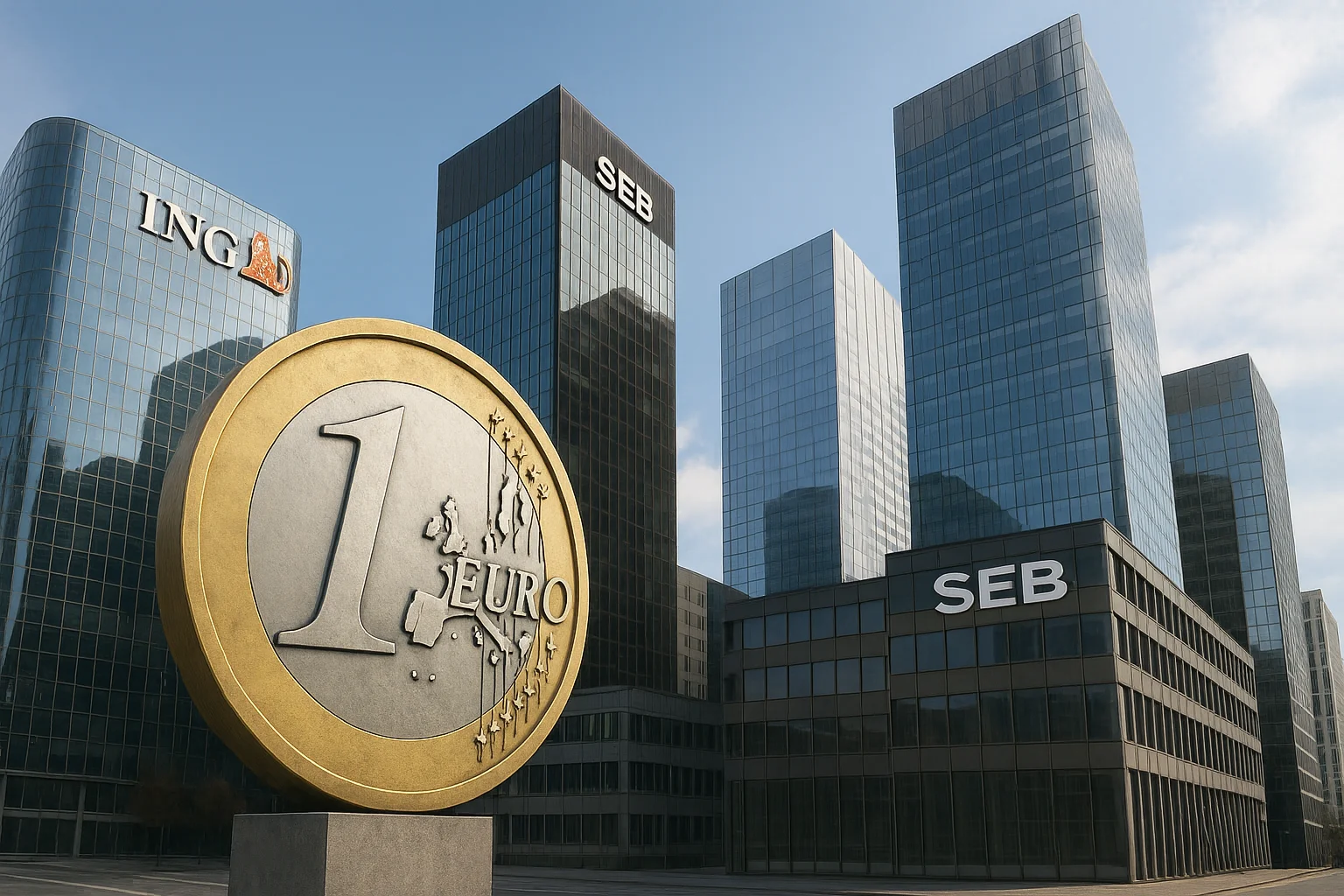
UAE-Based Company Makes $20 Million Investment in Ethena
M2 Capital, the investment arm of United Arab Emirates-based M2 Holdings, has taken a notable new step in the cryptocurrency market. The company announced a $20 million investment in ENA, Ethena's governance token. This move demonstrates both the Middle East's interest in digital asset infrastructure and the region's desire to play a stronger role in the global financial scene.Ethena is particularly known for its USDe and sUSDe products, which launched in 2024. Backed by crypto collateral, these products provide stable value preservation through delta-neutral hedging strategies. USDe functions as a synthetic stablecoin pegged to $1, while the sUSDe version offers a yield-generating form. Thanks to this innovative approach, the Ethena protocol quickly gained popularity, with the total amount of locked assets exceeding $14 billion. USDe's market capitalization is also around $14 billion. M2 Global Wealth plans to integrate Ethena's products into its asset management services. This will provide clients with access to crypto-based income products in a regulatory-compliant manner. Kim Wong, head of M2's treasury department, stated that the agreement could redefine trust and transparency standards in the region.This investment also demonstrates M2's continued interest in the crypto ecosystem. The company previously participated in funding initiatives for the Sui Blockchain ecosystem. This latest move aims to not only provide capital infusion into crypto but also accelerate the Middle East's adoption of digital finance tools.Ethena Stands Out with USDeEthena's success isn't limited to investor interest. The protocol has quickly captured the demand for stablecoin-like products that offer returns. USDe, in particular, has seen its market capitalization exceed $13 billion, placing it third among the largest crypto-asset-backed dollar alternatives. This performance demonstrates the emergence of a new model that differentiates itself from traditional stablecoins like USDT and USDC.The regulatory steps taken by the United Arab Emirates also support these developments. Dubai's Virtual Assets Regulatory Authority (VARA) and the country's other financial authorities have established a comprehensive framework for crypto. This regulatory clarity is attracting both domestic and international investors. M2's investment in Ethena occurred within this very context, strengthening the region's ambition to become a global crypto financial hub. Consequently, M2 Capital's $20 million investment in Ethena is not just a capital infusion; it also signals a new era for the Middle East's gateway to digital assets. The combination of Ethena's innovative products, M2's strategic approach, and the UAE's regulatory framework is expected to further expand the crypto ecosystem in the region.
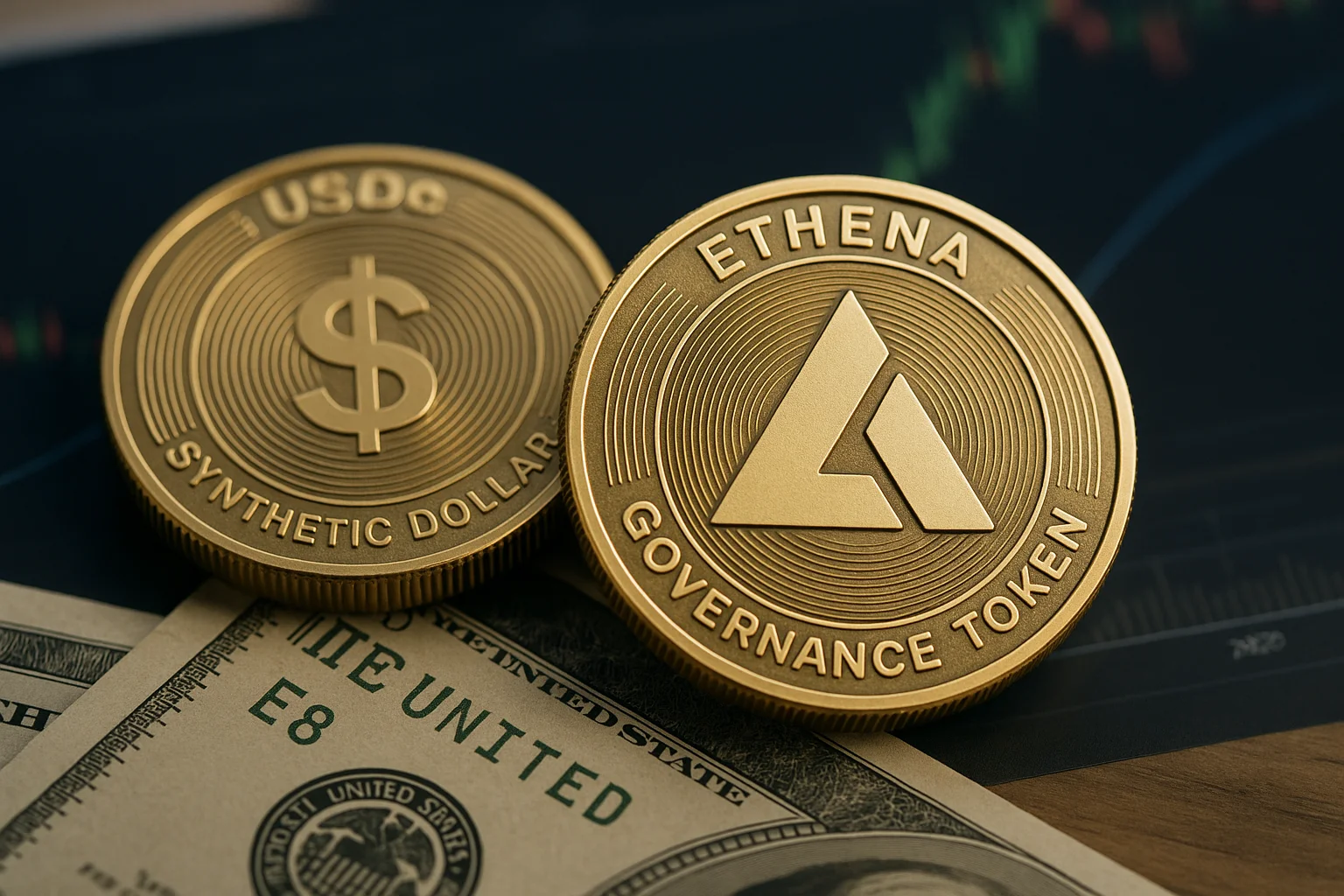
Nasdaq-Listed Chinese Company to Buy $1 Billion in BTC, ETH, and BNB
Jiuzi Holdings Inc. (JZXN), a Nasdaq-listed China-based electric vehicle retailer, attracted attention with its announcement on Wednesday. The company announced that it will invest up to $1 billion of its cash reserves in select cryptocurrencies under its new "Crypto Asset Investment Policy," approved by its board of directors.The Chinese company focuses on three cryptocurrenciesIn the first phase of the policy, investments will be limited to Bitcoin (BTC), Ethereum (ETH), and Binance Coin (BNB). The company's move is considered a strategic step aimed at long-term value preservation and hedging, rather than a speculative entry into the crypto market. Management also announced that the assets will not be held in-house but will instead be secured through professional custodians.Jiuzi's decision stems from the addition of a crypto industry veteran to the team. Doug Buerger, who recently took over as the company's chief operating officer (COO), will take a leading role in the new policy. Buerger stated, “Our goal is not to engage in short-term trading. We view crypto assets as long-term stores of value and hedges against macroeconomic uncertainties.”A “Crypto Asset Risk Committee” has also been established to implement the policy. This committee, led by CFO Huijie Gao, will oversee the progress of investments within the established framework and regularly report to the board of directors.Following the announcement, Jiuzi Holdings shares surged. JZXN shares, traded on Nasdaq, gained over 55% in pre-market trading. This investor response was driven by the company's aggressive growth strategy and its willingness to use its cash reserves more effectively. CEO Tao Li described the new policy as “a proactive step to protect and enhance long-term shareholder value.” According to Li, this initiative will not only diversify the company's financial strength but also pave the way for an innovative model that integrates traditional business practices with the crypto ecosystem. Recently, the number of US-listed companies turning to crypto investments has been increasing. The trend, initiated by MicroStrategy's Bitcoin purchases, is leading to an increasing number of companies holding crypto assets.
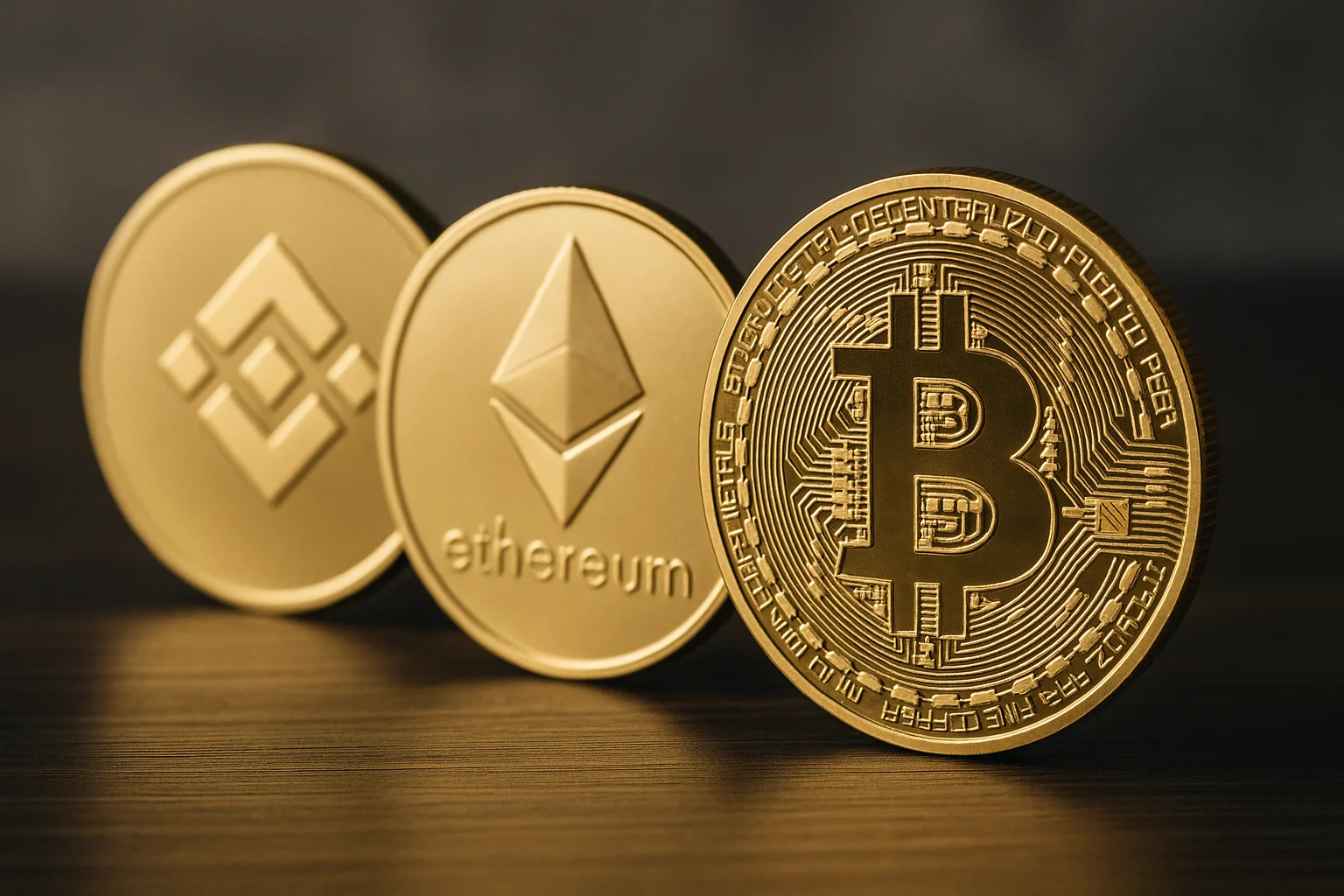
Bybit: Offering Commission Discounts and Special Advantages to MNT Users
Bybit, one of the world's largest cryptocurrency exchanges, has announced a new roadmap, deepening its partnership with Mantle (MNT), an Ethereum-based Layer-2 solution. This roadmap aims to offer MNT holders a wide range of privileges, from ease of transaction costs to VIP benefits and staking opportunities.According to Bybit's announcement, MNT holders will receive a 25% commission discount on spot transactions and a 10% discount on futures transactions. This rate offers a highly competitive cost advantage compared to the market's leading exchange tokens. For example, the approximately 20% advantageous rate compared to BNB holders is noteworthy.VIP privileges and new use cases with MNTBybit doesn't limit its MNT ecosystem to transaction discounts. The roadmap includes features such as allowing MNT holders to purchase large amounts of tokens with lower slippage, make payments on the platform, and explore expanding use cases. Additionally, users who hold MNT will be able to reach VIP levels faster, with an asset multiplier between 1.3X and 1.5X. This opens the door to benefits such as lower transaction fees, special campaigns, and personalized services.The roadmap, summarized under the headings "Buy, Use, Hold, Earn," also includes additional income opportunities such as staking, savings products, structured financial instruments, Launchpool, and Megadrop. This gives users access to new channels to grow their portfolios. In addition, Bybit offers limited-time campaigns and special offers, allowing MNT holders to earn extra rewards and exclusive privileges. A detailed table details the discounts on transaction fees offered by different VIP levels. Maker and taker fees for spot transactions are reduced from 0.075% to 0.0225%, while for derivatives, they are reduced from 0.0495% to 0.027%. It is emphasized that for VIP 99 users, the highest level, the maker fee for some transaction types is reduced to zero. In short, the company's vision is based on providing users with a smarter and more rewarding experience in the "MNT 2.0" era, offering both financial advantages and a broader range of use cases.Mantle the project behind MNT, stands out as a Layer-2 solution developed on Ethereum. Mantle's technological infrastructure elevates it beyond a typical Layer-2 solution. The project adopts a modular architecture approach, separating transaction processing, consensus, and data availability layers. Offering low gas fees, fast transaction processing, and a secure infrastructure thanks to its modular structure, Mantle is increasingly being adopted in areas such as DeFi, GameFi, and real asset tokenization (RWA).The ecosystem, using the mETH protocol, allows users to stake ETH to earn yield-generating mETH tokens, while the Mantle EcoFund supports the network's growth by investing in high-potential projects. Additionally, it offers a restaking solution called cmETH. mETH holders can earn additional returns by using the tokens transferred to cmETH in different protocols (e.g., restaking systems such as EigenLayer, Symbiotic, Karak).
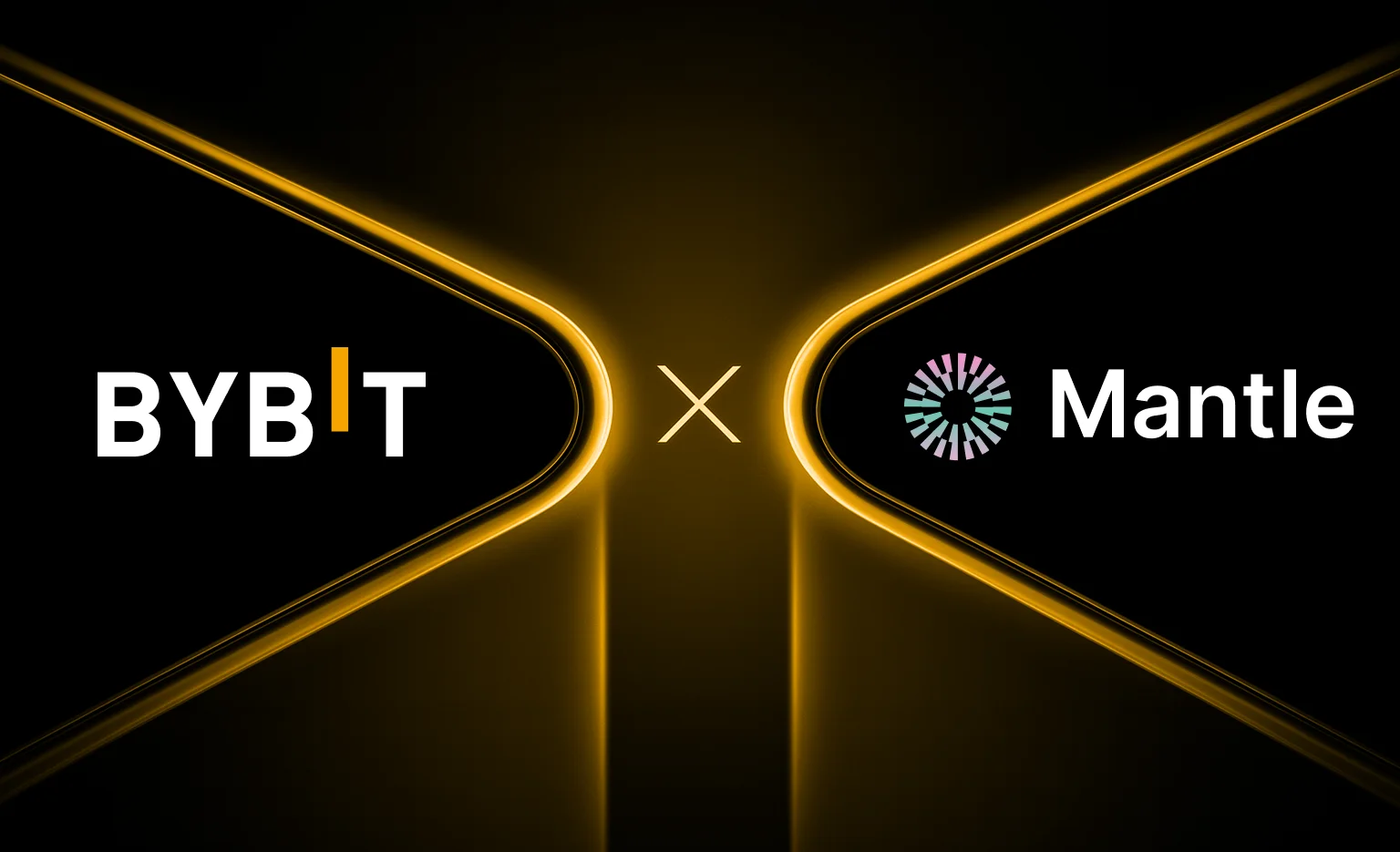
Historic Step from CFTC: Stablecoins Can Now Be Used as Collateral
The Commodity Futures Trading Commission (CFTC), the US derivatives regulator, has launched a new initiative to allow stablecoins to be used as tokenized collateral.CFTC Issues Critical Decision on StablecoinsCaroline Pham, the commission's interim chair, has long advocated for stablecoins as a "killer app" in collateral management. In a statement, Pham stated that they will work closely with the industry and aim to develop policies that will enable the use of tokenized assets like stablecoins as collateral.Last year, Pham proposed a similar regulatory "sandbox" idea and advocated for pilot programs for stablecoin-supported tokenization. Now, due to the lengthy and controversial confirmation process for Brian Quintenz, nominated by President Donald Trump, Pham has taken the initiative as interim chair.Stablecoins are now covered by the GENIUS Act, the first comprehensive legislation regulating the stablecoin market in the US, passed last summer. These dollar-denominated digital assets form the backbone of liquidity in crypto markets and play a critical role in smart contract-based financial transactions. The CFTC's latest statement also included messages of support from executives at Circle, Coinbase, and Ripple.As part of the new initiative, the agency has begun collecting written comments from market participants. Participants have until October 20th to submit their comments. Last year, the CFTC's Global Markets Advisory Committee (GMAC) also recommended expanding the use of non-cash collateral through distributed ledger technology in its advisory report.Market experts believe the use of tokenized collateral in derivatives contracts could offer significant advantages. Jack McDonald, Vice President of Ripple Stablecoin, argued that this approach could increase efficiency and transparency, and that collateral would make risk management in derivatives contracts more reliable. Collateral is critical for securing the obligations of parties in futures or swap agreements.This step by the CFTC is considered a significant step toward modernizing capital markets in the US. In particular, the President's Working Group's report published last year called for the inclusion of tokenized non-cash collateral in the regulatory margin system.Caroline Pham believes these initiatives could spark a new wave of growth in the US economy. According to Pham, markets will be able to use capital more efficiently and support economic growth thanks to tokenized collateral. She also emphasized the sector's readiness for this transformation, stating, "The public has spoken: tokenized markets are here and represent the future."You can see the largest stablecoins in the table below:
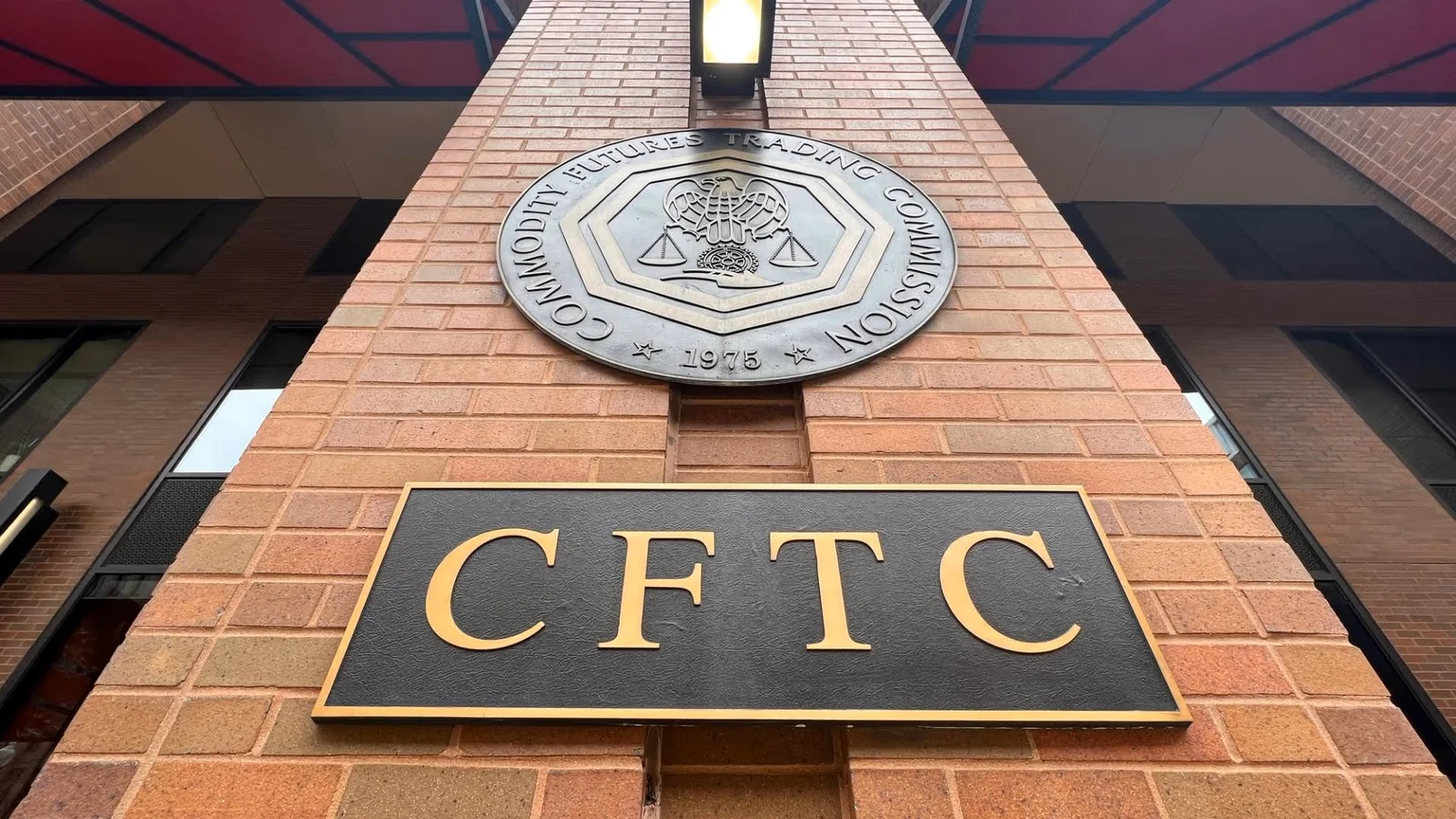
BNB Comment and Price Analysis - September 23, 2025
BNB Technical OutlookAnalyzing the BNB chart, we see that the long-standing ascending channel has broken above, and the price confirmed this breakout with great volume. The uptrend looks positive, and the price is moving towards new targets swiftly.BNB is currently trading around $1057; holding above the level $1008 suggests that the breakout is valid and the uptrend is still intact.BNB has the potential to surge to the level at $1107 in the short term. Breaking above this level, the price could go up to test other targets at $1233 and $1393. When we calculate the target in terms of the channel’s length, the ultimate technical target zone appears to be $1500–$1530 in the mid term. Rising Channel Fracture We should be watching the following support levels in case of a pullback:$1008 (key support, holding above it is positive)$928 (key horizontal support)In short, BNB is printing a very strong bullish momentum and is highly likely to test new ATH levels.These analyses, not offering any kind of investment advice, focus on support and resistance levels considered to offer trading opportunities in the short and medium term according to the market conditions. However, traders are responsible for their own actions and risk management. Moreover, it is highly recommended to use stop loss (SL) during trades.

WisdomTree Registers 20 Crypto Funds Including XRP, Solana, and Cardano
WisdomTree has taken a significant step toward cryptoasset-based institutional products by formalizing its CoinDesk 20 Fund in Delaware. The fund will cover the top 20 cryptocurrencies ranked by market capitalization and liquidity.Delaware registration completedDelaware, known for its business-friendly laws, has long been a preferred destination for investment funds. WisdomTree's fund registration here is not only an administrative step; it is also a strategic move to boost investor confidence. This step will make the fund more attractive to potential investors and could have positive repercussions on the market. Fund inflows are particularly likely for leading cryptocurrencies such as Bitcoin, Ethereum, XRP, Solana, and Cardano. The 20 cryptocurrencies to be included in the fund are: Bitcoin, Ethereum, XRP, Solana, Cardano, Chainlink, Sui, Hedera Hashgraph, Avalanche, Stellar, Bitcoin Cash, Litecoin, Uniswap, Aptos, Near, Internet Computer, Polkadot, Aave, Polygon, and Filecoin. This list brings together the projects with the highest trading volume in the crypto market. It is expected to offer investors a diversified portfolio without having to buy individually.SEC approval remains uncertainHowever, approval from the U.S. Securities and Exchange Commission (SEC) is still uncertain. WisdomTree has filed a separate ETF application for XRP. While the preliminary approval process was completed in February, the final decision has been postponed until October 25, 2025. This indicates that the U.S. crypto ETF market is still being shaped by regulations.The SEC's recently implemented "generic listing standards" could accelerate the process. These new standards allow for the direct listing of funds or stocks within 75 days. However, the application for the CoinDesk 20 Fund is not an ETF filing. It should be considered more of a legal and administrative groundwork. The actual ETF will require an S-1 filing with the SEC and direct approval.Possible Market ImpactWisdomTree's move is particularly noteworthy for institutional investors. The fund's launch could make cryptocurrencies accessible to a broader investor base. Furthermore, increased demand for the top 20 cryptocurrencies by market capitalization could trigger a price recovery. This impact may be limited in the short term, but it is likely to strengthen the position of crypto assets in the financial system in the long run.
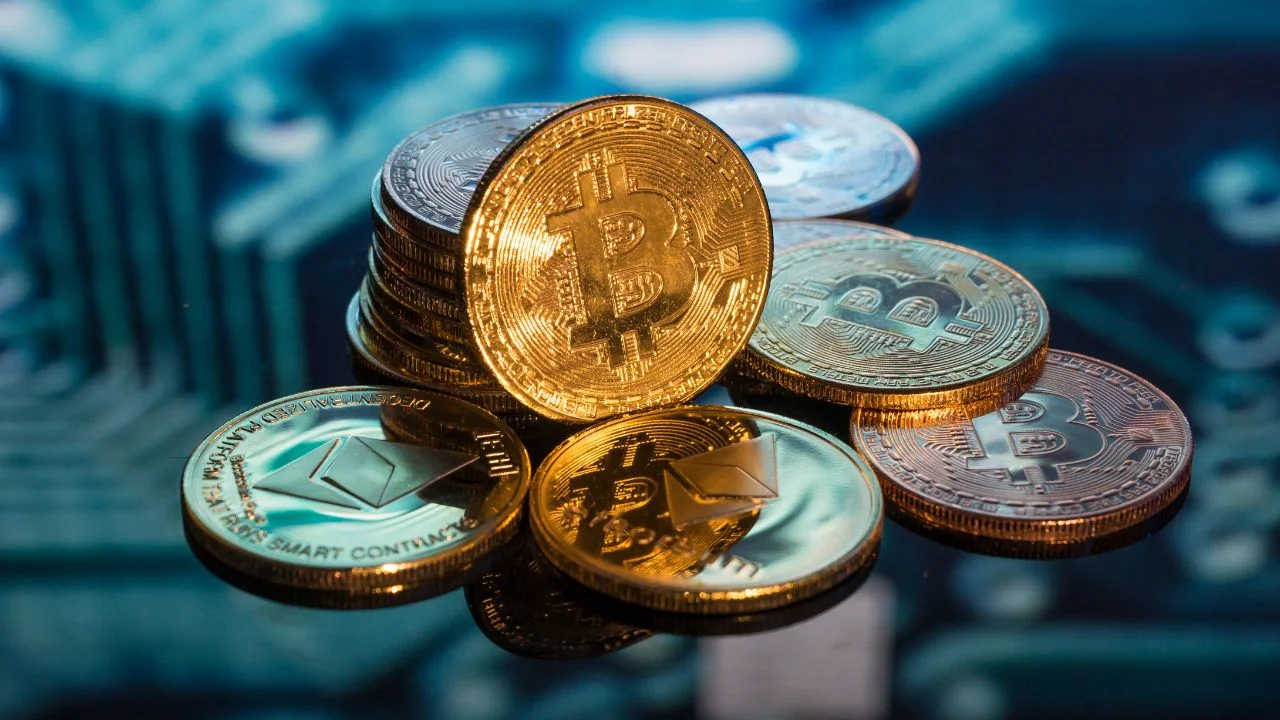
UXLINK Hacked: Altcoin Price Drops More Than 70%
Web3 social platform project UXLINK made headlines earlier this week after experiencing a major security breach. The attack on the project's multisig wallet led to the unauthorized transfer of a significant amount of assets to both centralized exchanges (CEX) and decentralized exchanges (DEX). Following the incident, UXLINK's native token faced severe selling pressure, and its price lost over 70% of its value, falling to $0.10.The attack was first reported by blockchain security firm Cyvers Alerts. Shared on-chain data revealed that an attacker used the delegateCall function to remove the existing admin role and add a new multisig owner under their control. With this critical move, the attacker began rapidly draining the wallet's assets. Initial findings indicate that at least 4 million USDT, 500,000 USDC, 3.7 WBTC, and 25 ETH were transferred to the attacker's addresses. On-chain analytics platform Lookonchain reported that the attacker also targeted UXLINK tokens. Approximately 6,732 ETH were obtained through transactions conducted through six different wallets. This figure corresponded to approximately $28 million at the current market capitalization. The attacker also continued to mint UXLINK tokens, along with millions of dollars in assets. According to on-chain data, nearly 10 trillion new tokens were produced by Monday evening.UXLINK price plummetsThese developments sparked widespread panic in the UXLINK market. According to market data, at the time of writing, the token's market capitalization had fallen by over 67% to $48 million. 24-hour trading volume surged to $473 million, a remarkable increase. The high volume was due to both attacker sales and panicked investor divestments. The project team released a statement on the official X account following the incident. The statement confirmed that the attack had been detected and a significant amount of assets had been transferred to exchanges. However, according to the team, thanks to rapid contact with major exchanges, a significant portion of the attacker's assets were frozen. This prevented further damage.The team also issued a crucial warning to the community: "Do not trade UXLINK on DEXs due to unauthorized tokens being minted." Furthermore, major centralized exchanges were asked to temporarily suspend UXLINK transactions. The project also announced that it would announce a token swap plan shortly.UXLINK, founded in 2023 and aiming to develop a Web3-based social networking infrastructure, has seen remarkable growth in recent months. However, this attack is almost impossible to avoid for investors. Security incidents in the crypto market can often deeply undermine investor confidence.
